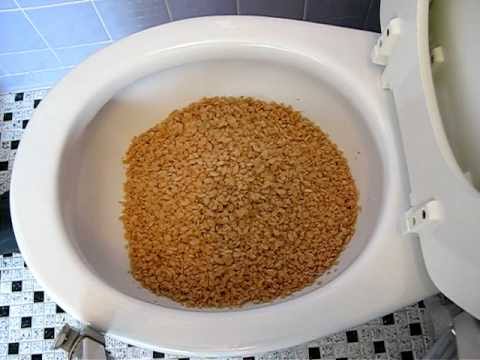Is it Suitable to Dispose of Food Waste in the Toilet?
Is it Suitable to Dispose of Food Waste in the Toilet?
Blog Article
What are your opinions concerning Flushing Food Down the Toilet??

Intro
Many individuals are frequently confronted with the predicament of what to do with food waste, particularly when it comes to leftovers or scraps. One typical question that occurs is whether it's all right to purge food down the bathroom. In this short article, we'll look into the reasons that people might think about flushing food, the effects of doing so, and different approaches for appropriate disposal.
Reasons why people may consider flushing food
Lack of understanding
Some individuals might not be aware of the possible damage brought on by flushing food down the bathroom. They might wrongly think that it's a safe method.
Ease
Flushing food down the toilet may feel like a fast and simple solution to getting rid of unwanted scraps, specifically when there's no nearby trash can available.
Laziness
Sometimes, people might simply select to flush food out of large idleness, without taking into consideration the consequences of their activities.
Effects of flushing food down the commode
Ecological effect
Food waste that winds up in waterways can add to contamination and harm marine ecosystems. Additionally, the water used to purge food can stress water resources.
Pipes problems
Purging food can lead to clogged pipelines and drains, triggering costly pipes fixings and inconveniences.
Kinds of food that must not be purged
Fibrous foods
Foods with coarse textures such as celery or corn husks can get entangled in pipes and create obstructions.
Starchy foods
Starchy foods like pasta and rice can take in water and swell, bring about blockages in pipelines.
Oils and fats
Greasy foods like bacon or food preparation oils should never ever be flushed down the bathroom as they can strengthen and create blockages.
Appropriate disposal techniques for food waste
Making use of a waste disposal unit
For homes equipped with garbage disposals, food scraps can be ground up and flushed via the pipes system. However, not all foods are suitable for disposal in this way.
Recycling
Specific food product packaging materials can be recycled, reducing waste and minimizing ecological effect.
Composting
Composting is an environmentally friendly means to get rid of food waste. Organic materials can be composted and made use of to enrich dirt for horticulture.
The significance of proper waste management
Reducing environmental harm
Correct waste monitoring practices, such as composting and recycling, assistance decrease contamination and protect natural resources for future generations.
Protecting plumbing systems
By staying clear of the method of flushing food down the toilet, house owners can avoid pricey pipes repair work and preserve the honesty of their pipes systems.
Verdict
In conclusion, while it may be appealing to flush food down the bathroom for comfort, it is essential to comprehend the prospective repercussions of this activity. By adopting appropriate waste management practices and getting rid of food waste properly, people can add to much healthier pipes systems and a cleaner atmosphere for all.
FLUSH FOOD DOWN THE TOILET?
FLUSHING FOOD CAN CAUSE BLOCKED DRAINS IN YOUR HOME
All of the plumbing fixtures in your home are connected to the same sewer pipe outside of your home. This outdoor sewer pipe is responsible for transporting all the wastewater from your home to the Council sewer mains. Even small pieces of food that go down the kitchen sink can cause problems for your sewer. It should therefore be obvious that flushing larger bits of food, such as meat, risks a clog in either the toilet itself or the sewer pipes. Flushing greasy food is even more problematic because oil coagulates when it cools, coating the interior lining of your pipes.
THE TOILET IS NOT A BIN
Food isn’t the only thing that people shouldn’t be flushing down the toilet. People use the toilet to dispose of all kinds of things such as tampons, makeup wipes, dental floss, kitty litter and even underwear. Water goes to great lengths to educate residents about the high costs and stress placed on wastewater treatment systems simply from people flushing the wrong stuff down the toilet. It costs taxpayers millions of dollars each year, and homeowners thousands in blocked drain repairs.
FLUSHING FOOD IS A WASTE OF WATER
Flushing food is a waste of our most precious resource - water. In June this year Level 1 water restrictions were introduced to protect water supply from drought conditions. Much of New South Wales continues to be affected by prolonged drought with recent figures revealing up to 97 per cent of the state remains in drought. Depending on whether you have a single or dual flush toilet, every single flush uses between five and 11 litres of water. In the current climate this is a huge amount of water to be wasting on flushing food that should be placed in the bin (or better yet, the compost).
https://www.jabplumbingsolutions.com.au/blog/can-you-flush-food-down-the-toilet

As an avid person who reads on , I think sharing that excerpt was important. I beg you take the time to promote this write-up if you appreciated it. Thank you so much for going through it.
Click Here Report this page